Filming in Colombia: Where to Film Wildlife in Casanare
A Colombian Production Company's Guide to Filming Wildlife in Casanare
Our Colombian production company has filmed from the peaks of the Andes to the verdant Amazon basin. But when it comes to filming wildlife in Colombia, there might not be a finer region than the department of Casanare, in the Eastern Plains region (or Llanos Orientales). Offering an alluring mix of terrestrial mammal species such as the jaguar, puma, and giant anteater, giant reptiles like the anaconda and Orinoco crocodile, and vast flocks of waterbirds, Casanare is a wildlife documentary producer’s dream.
WhereNext knows the climate, the terrain, and the species, and have cultivated the contacts necessary to produce world-class shoots in this lesser-known region of Colombia. This is our guide to the prime destinations for filming wildlife in Casanare.
Altagracia Reserves
This conservation and ecotourism collective is made up of 13 private ranches that have pooled their vast resources and focused their efforts on conserving wildlife. One of the more beautiful and diverse places in the entire plains region, its wetlands, moriche palm swamps, lakes, gallery forests, grasslands, and scrub forests support a remarkable range of birds, mammals, reptiles, and amphibians.
The highlight is undoubtedly the massive lake at the heart of the reserve, known as Lagunazo. During the dry season, the fringes of this lake are carpeted with large groups of Orinoco geese, up to 2,500 at a time. This represents more than 20% of the global population of this threatened and elegant waterbird. During a single morning at Altagracia, it’s possible to film all of the five kingfisher species in Colombia, as well as all seven ibis species. The shy and retiring crestless curassow is seen here more often than in other locations. You can spy it walking across the plains in the early morning.
Altagracia isn’t just a magical place for filming birds in Colombia; it also supports substantial mammal populations. In the entire Llanos region, it is the top location to film the endangered giant otter in its natural habitat. During the dry season you will readily encounter white-tailed deer, giant anteaters, and anaconda. Filming wildlife aside, Altagracia regularly rewards its visitors with some of the most breathtaking sunsets that Colombia has to offer.
Key species: Orinoco goose, giant otter, jabiru, giant anteater, great horned owl, crestless curassow
The sunsets at Altagracia are some of the most breathtaking in all of Colombia
El Encanto de Guanapalo Natural Reserve
Located just two hours from the departmental capital of Yopal, El Encanto de Guanapalo Natural Reserve is an easily accessible place for filming wildlife in the Colombian Llanos. There is arguably no better place in Colombia to obtain footage of the surreal giant anteater and its smaller, shyer cousin the tamandua. An early morning or late afternoon safari across the plains of Guanapalo often leads to remarkably close encounters with these two sought-after species. As a measure of their rarity and importance, the reserve, together with the Cunaguaro Foundation, is working on radio-tracking and conservation projects for both these threatened species.
Between December and March, when the rains stop and the plains bake in the constant sun, Guanapalo becomes a superb place to film anacondas. These gigantic snakes require water for survival, and as they seek out the ever-diminishing bodies of water on the reserve, they can more readily be captured on film.
Guanapalo is home to some of the most relaxed white-tailed deer and capybaras in all of Casanare, so it’s an ideal place to film these under-appreciated but iconic Llanos species.
Our Colombia production company filmed a conservation project at Guanapalo (and Altagracia and Hato Berlin) on assignment with Awake Travel and USAID.
Key species: giant anteater, tamandua, anaconda, capybara, white-bearded flycatcher, king vulture
One of a series of videos our Colombian production company filmed in Casanare for Awake Travel and USAID. This chapter focuses on the fauna of the region.
Hato La Aurora
Hato La Aurora is the oldest and most well-established conservation and ecotourism reserve in Casanare. Thanks to their long tradition of conservation and a no-hunting policy that dates back over thirty years, the Barragan family has created a reserve unlike any other in Colombia, where the wildlife is relaxed in the presence of humans. This makes it much easier to film wild species here than in many other locations.
The family’s dedication is paying off: over the past few years, jaguar sightings have skyrocketed, and an estimated 20+ jaguars are living on the vast reserve. During the dry season, La Aurora is also a superb place to film anacondas, and while you’re at it, you may even spot the critically endangered Orinoco crocodile.
WhereNext filmed a chapter of our documentary film ‘The Birders’ at Hato La Aurora. This video encapsulates the wonderful diversity of bird species resident on the reserve. It also may well be the ultimate location for filming the adorable burrowing owl, as well as a stronghold for the near-endemic pale-headed jacamar, a delightful little bird that is only found in the Colombian and Venezuelan Llanos.
Key species: jaguar, anaconda, pale-headed jacamar, burrowing owl, horned screamer, Orinoco crocodile
One of the regional chapters for our documentary series ‘The Birders’ was shot on location at Hato La Aurora in Casanare.
La Palmita Natural Reserve
La Palmita Natural Reserve offers something different to the other locations on our list: a large proportion of its land is made up of well-preserved gallery forest. Therefore, it is an ideal location for filming some of the Llanos’ lesser-known, forest-dwelling species. The charismatic and colorful wire-tailed manakin can be found at most of the sites mentioned, but it is especially common and easy to film at La Palmita. With any luck, you’ll even be able to catch the males during their sensational lekking dance.
Howler monkeys are the celebrities at La Palmita. The forested trails are home to many large family groups, and they are generally relaxed in the presence of people and easy to film. Another flagship species for the reserve is the alien-looking horned screamer. These large, primarily ground-dwelling birds range throughout the Llanos region, but can often be shy and flighty. At La Palmita, they are relatively common and easier to film than at other sites.
Key species: Howler monkey, horned screamer, wire-tailed manakin, giant anteater
Find out more in our Destination Guide to Filming in Colombia: The Llanos Orientales
Hato Berlin
While Colombia is an exceptionally biodiverse country, there is no other region where birds and mammals gather in such extraordinary numbers and diversity as they do in Casanare. A sunset paddle on the river which runs through the ranch at Hato Berlin is the way to enjoy one of these superabundant wildlife spectacles. At dusk, thousands of birds, capybaras, and caiman can be filmed from your canoe which allows for unrivaled close-up views. Here you can safely capture eye-level footage of wild caiman from just a few meters.
The climax occurs at sunset, as thousands upon thousands of blood-red scarlet ibis descend on the garcero (‘heronry’) on the banks of the river. As the sun blazes orange, lighting up the water, these birds arrive en-masse, creating a wildlife show unlike any in Colombia. If you’re looking to capture the essence of a bountiful wildlife experience in Casanare, then Hato Berlin is the place to film.
Key species: capybara, spectacled caiman, scarlet ibis, sunbittern, spectacled owl.
Wisirare Park
This blog is about locations for filming wild animals in Colombia, so the presence of Wisirare on the list may feel odd given that the star of the show there is a captive species, but bear with us. Wisirare is a project dedicated to the conservation and reintroduction of an extraordinary and critically endangered Llanos species: the Orinoco crocodile. This enormous reptile is the largest predator in the Americas, and, sadly, the population at Wisirare is larger than the wild population.
The chance to get up-close-and-personal with these crocodiles, as well as to film everything from tiny hatchlings to monstrous adults, means that Wisirare makes our guide to the prime destinations for filming wildlife in Casanare. These crocodiles aren’t a zoo attraction; they are the hope for the survival of their species. The park also works on rehabilitation projects for the endangered Orinoco turtle.
Key species: Orinoco crocodile, Orinoco turtle
If you are interested in filming wildlife in the Llanos region of Colombia, then don’t hesitate to contact our expert Colombia production company.
For more information on filming wildlife in Casanare, Colombia you can contact our experienced Colombia production company





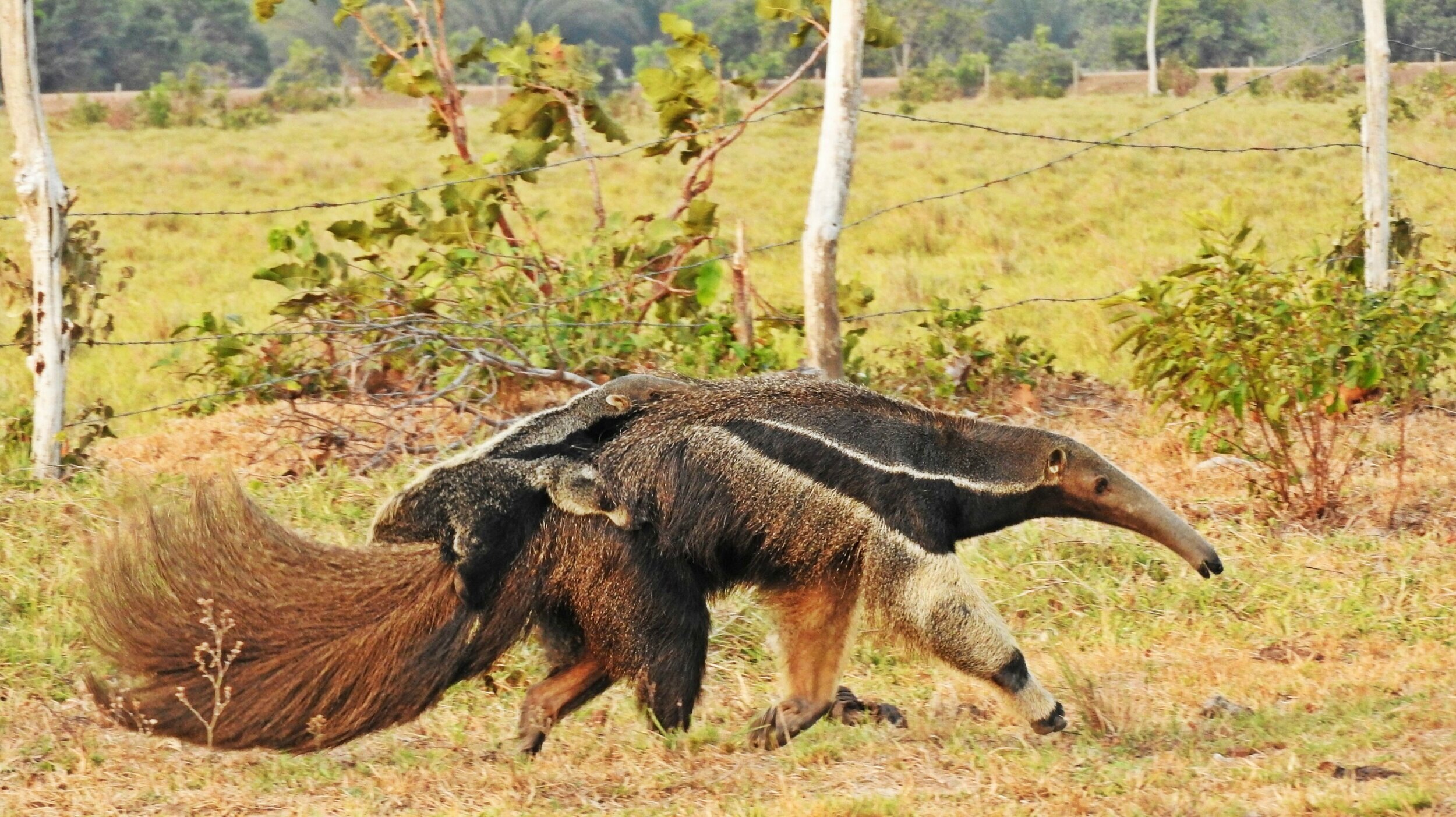
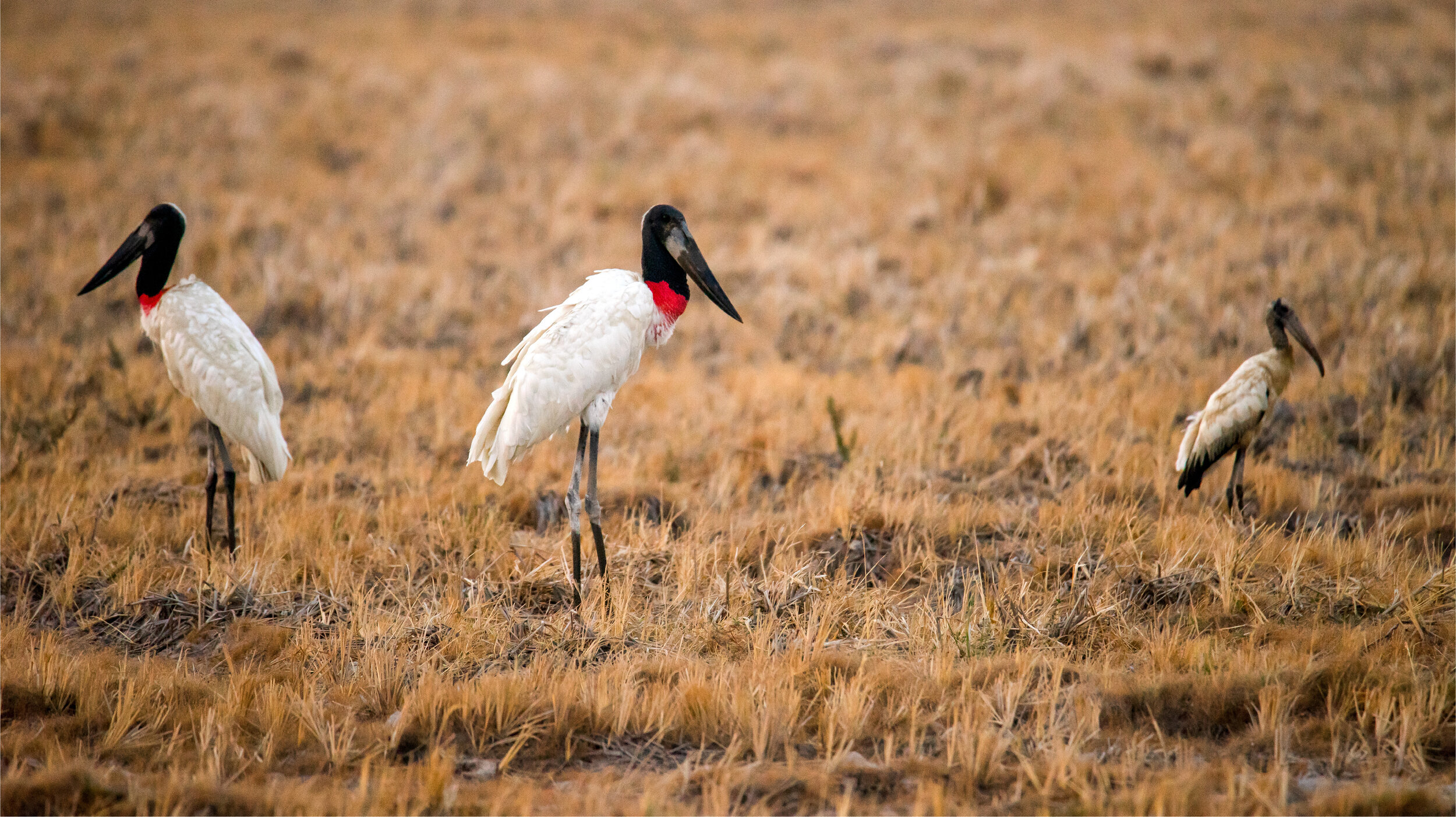
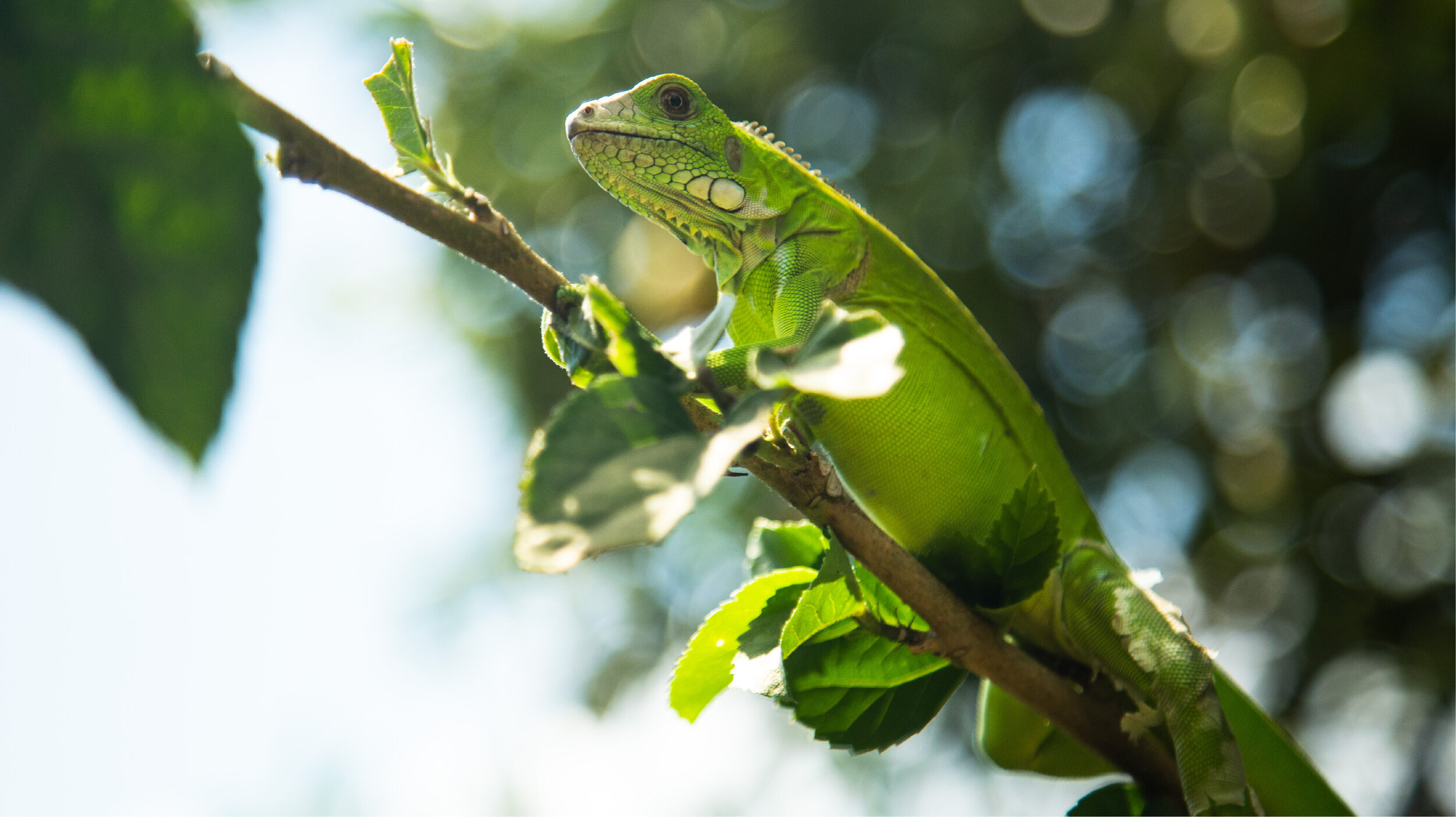
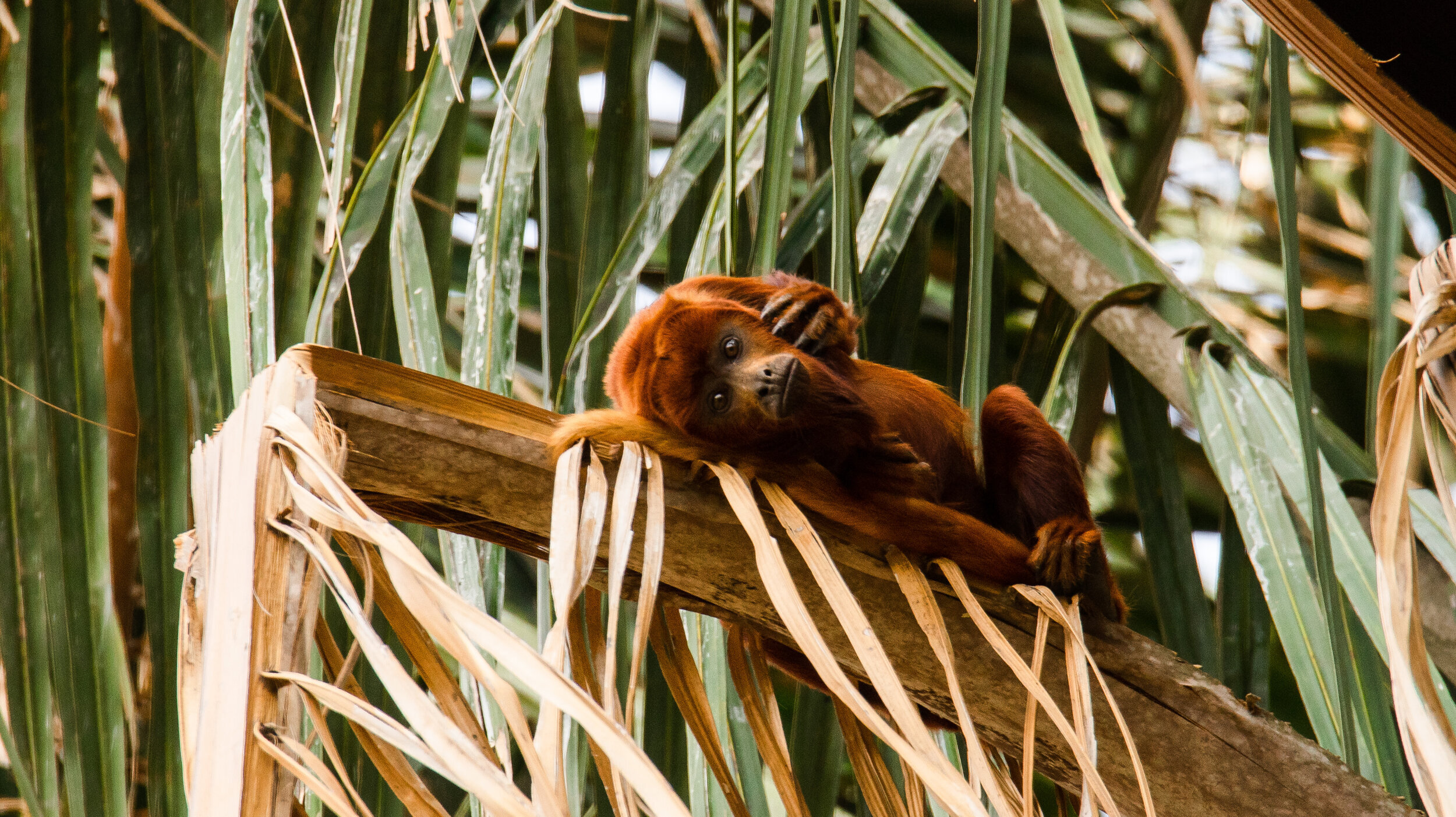
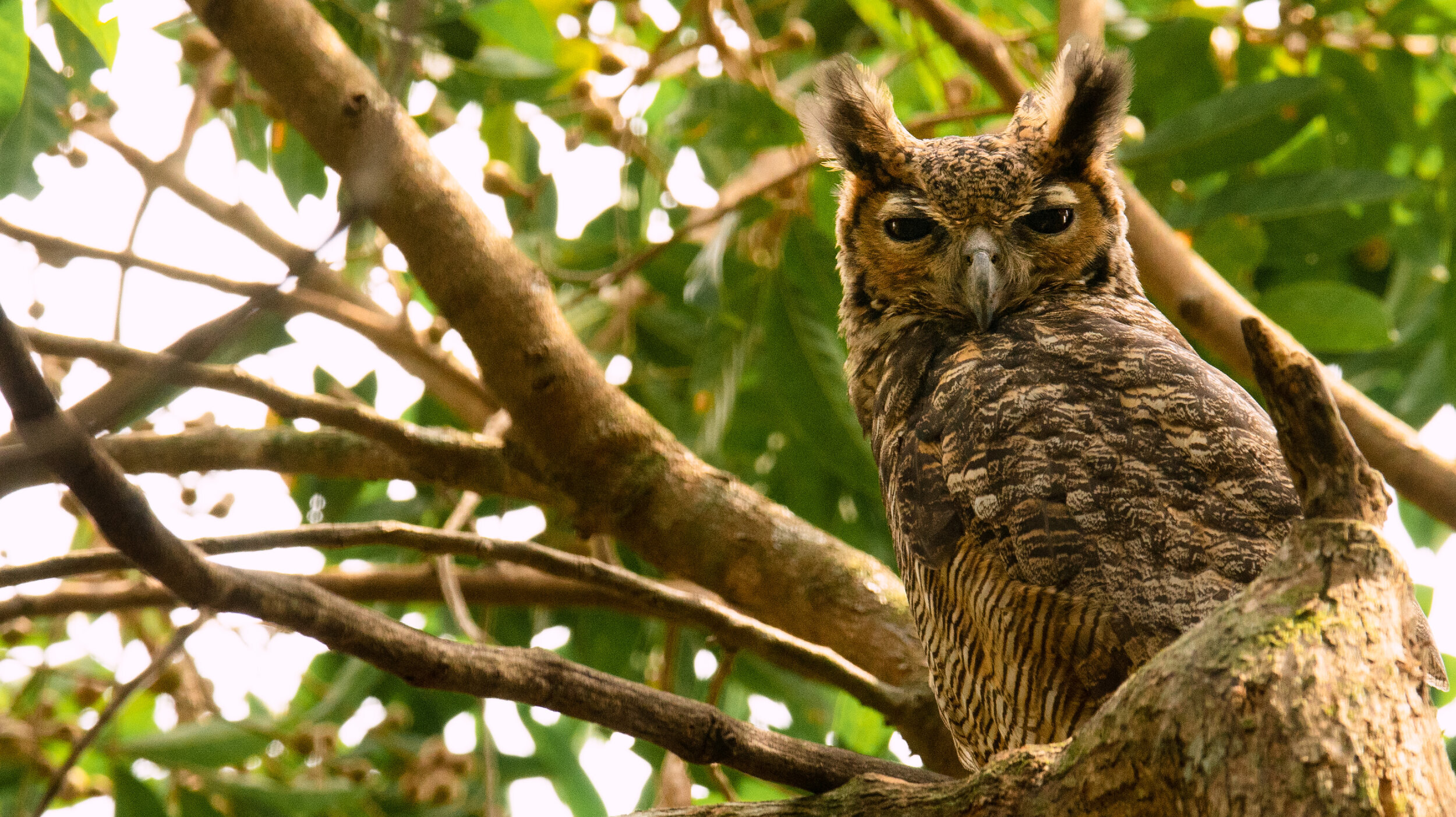
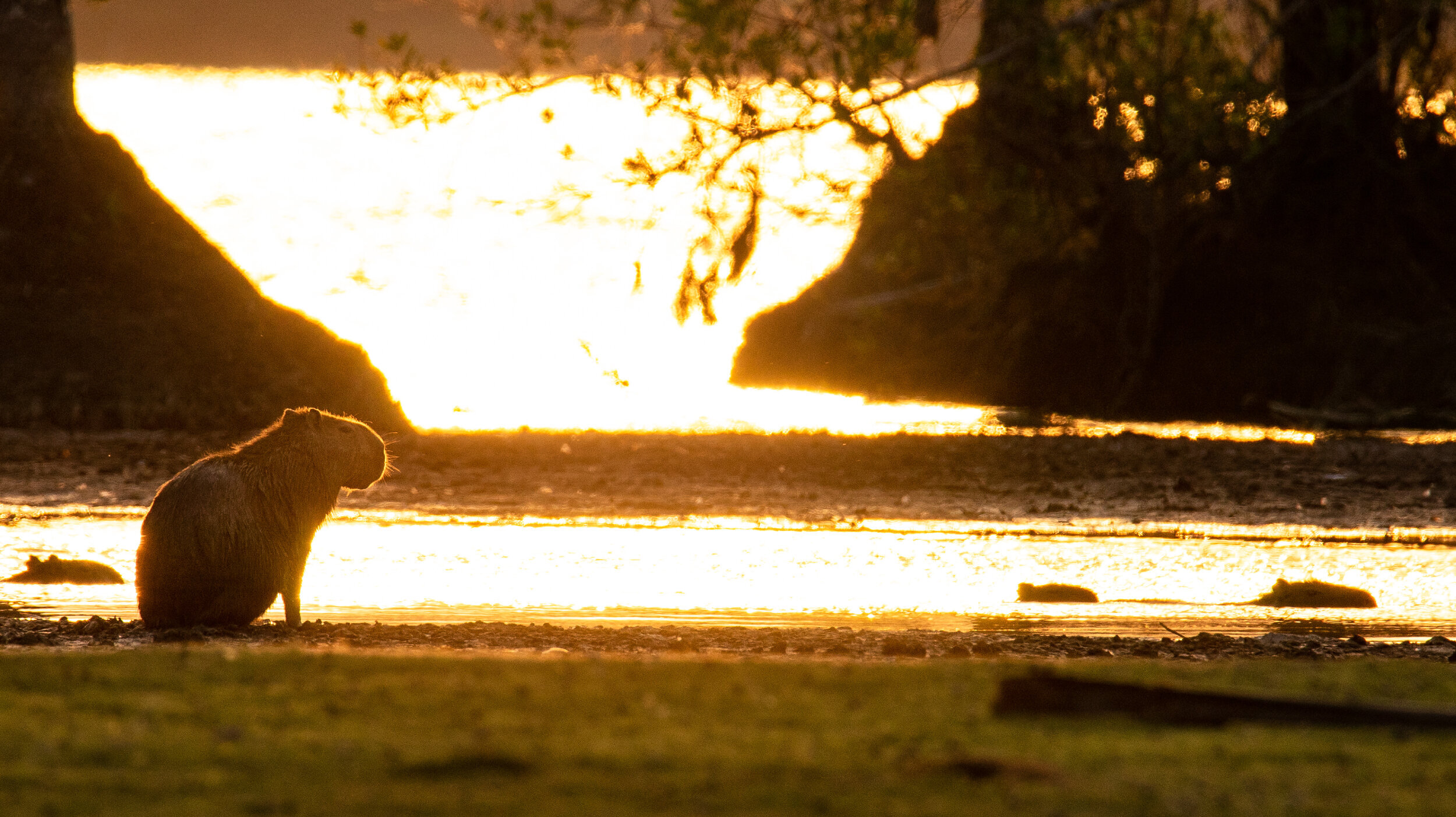
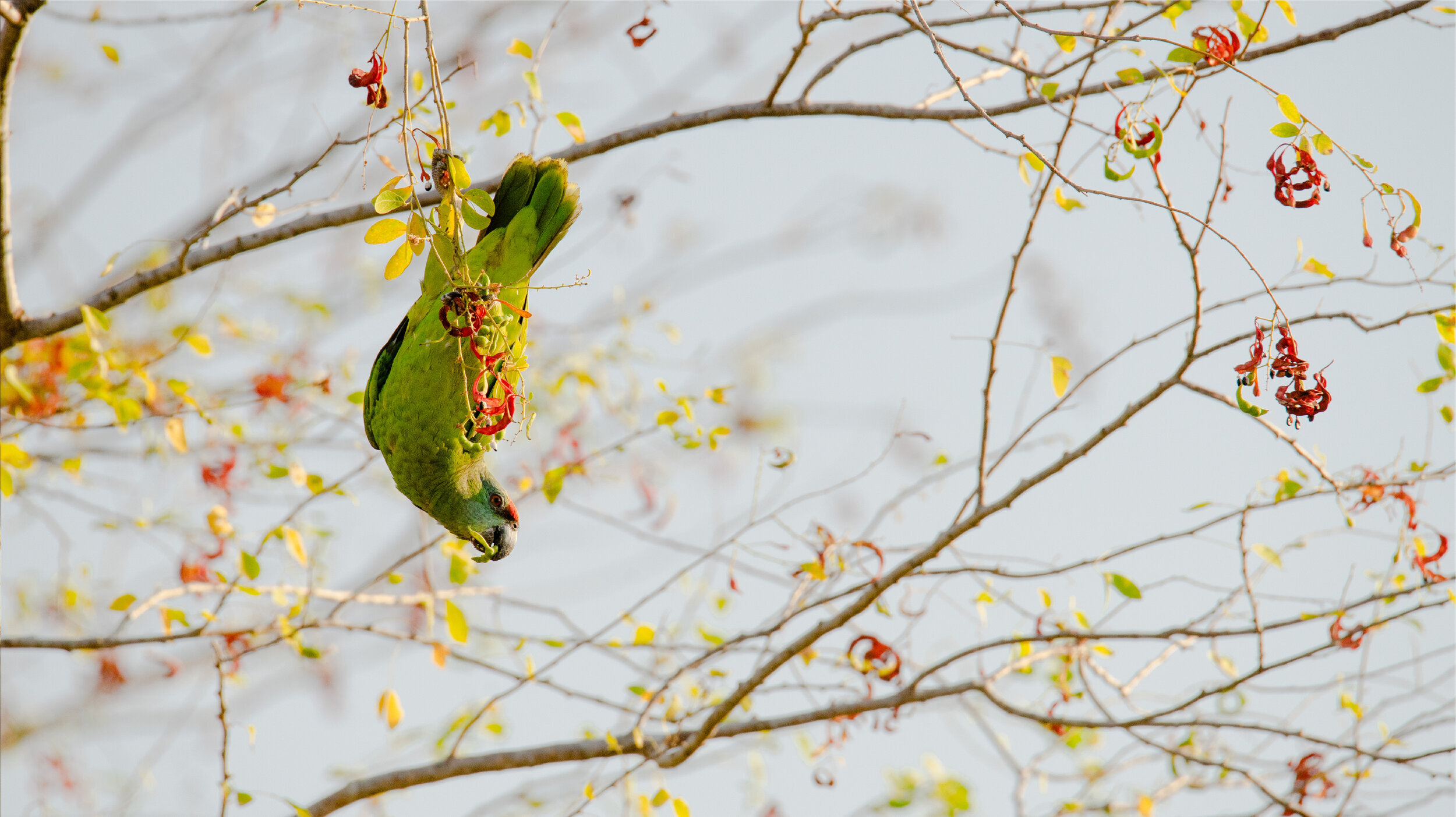





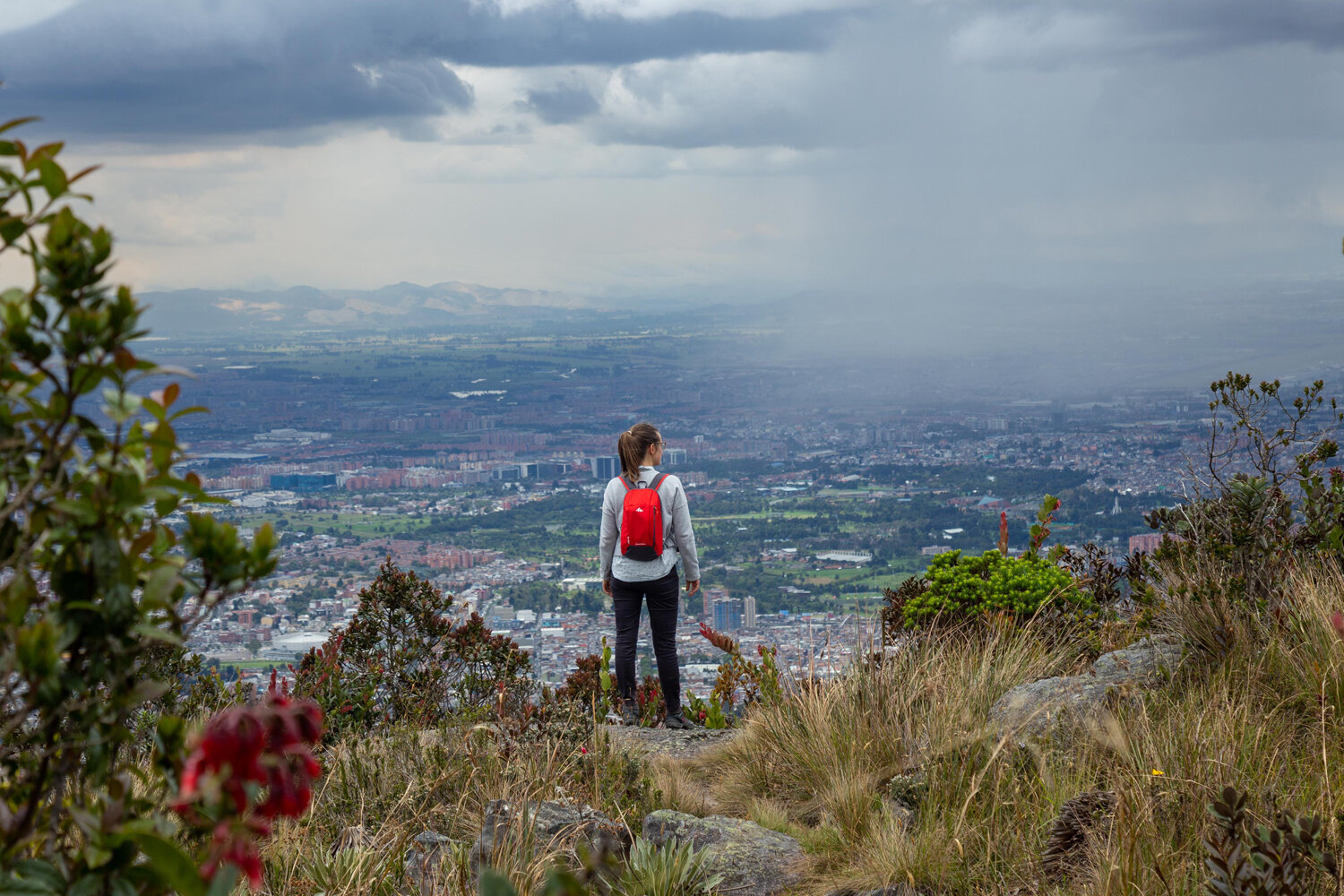

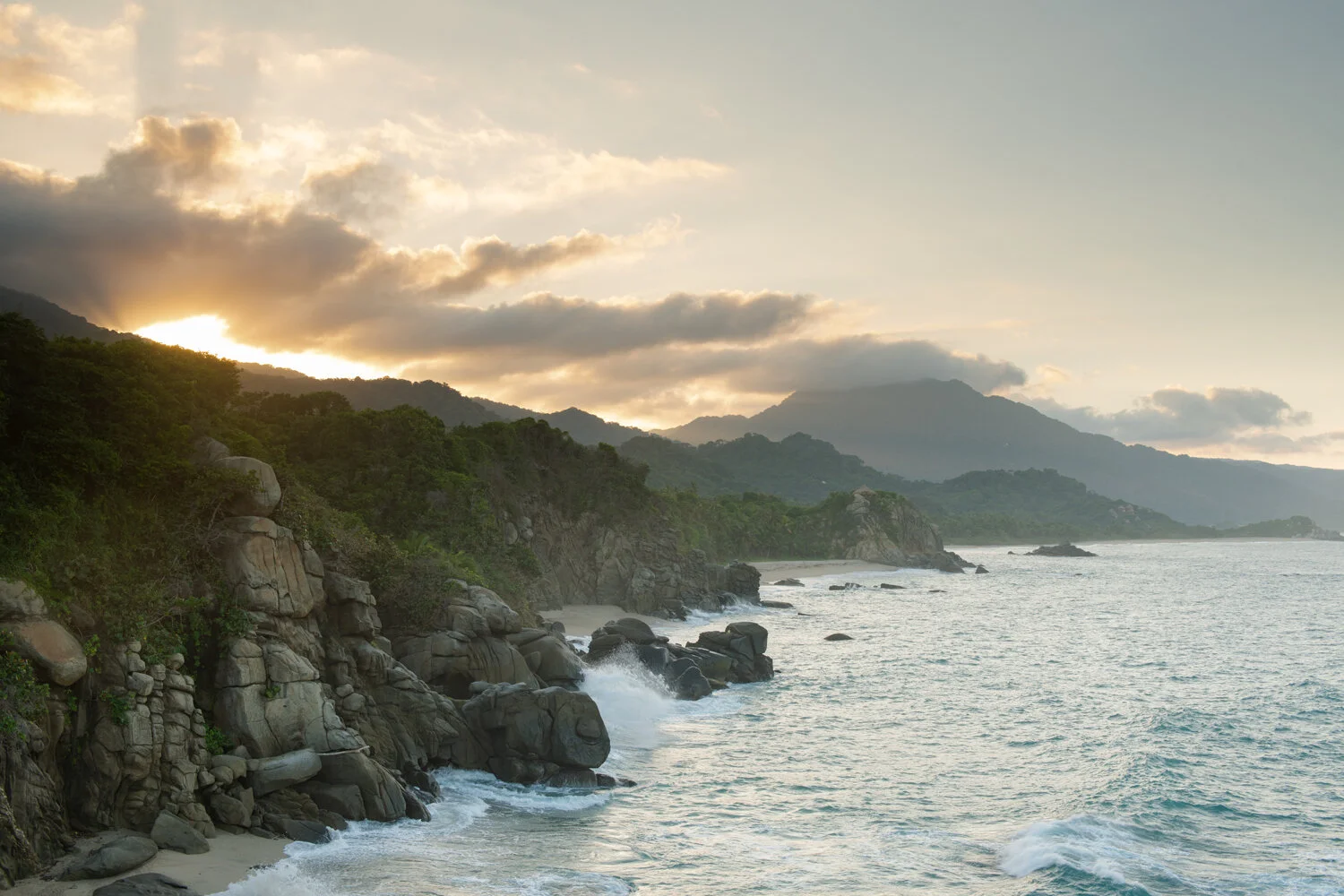




Learn what it takes to successfully execute a birding documentary production, from what to pack to the best gear for filming wild birds in natural conditions.